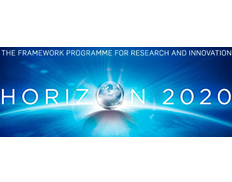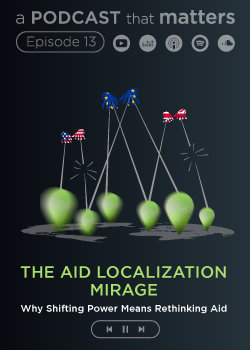Print

Emotion Language in Italian: Change in Texts and time: ELICIT
Details
Locations:Sweden
Start Date:May 3, 2021
End Date:May 2, 2023
Contract value: EUR 203,852
Sectors: Culture
Description
Programme(s): H2020-EU.1.3.2. - Nurturing excellence by means of cross-border and cross-sector mobility
Topic(s): MSCA-IF-2019 - Individual Fellowships
Call for proposal: H2020-MSCA-IF-2019
Funding Scheme: MSCA-IF-EF-RI - RI – Reintegration panel
Grant agreement ID: 895726
Project description:
Changes to emotion language over time, from 1750-1914
Emotions are cultural objects affected by historical change, according to research. As such, European emotional experiences and manners are determined by a cultural tradition of typical European emotional patterns. In this cultural tradition, language represents a key element for characterisation and communication. However, it has not yet been studied how emotion language has changed in European history and how this change has been influenced by the interaction of intralinguistic and sociocultural elements. The EU-funded ELICIT project will conduct research in Italian, considered to be the language of emotions, aiming to illustrate how emotion language has been developed across varied textual genres in the period from 1750 to 1914.
Objective:
Research in the history of emotions has demonstrated that emotions are, at least in part, cultural objects subject to historical change. Present-day European emotional experiences and behaviours are informed by a cultural tradition of emotional standards and norms that are typical of European societies. Language plays a key role in this cultural tradition as a means for both labelling and expressing emotional experiences. However, how emotion language has changed in the history of Europe and how this change has been affected by the interaction of intra-linguistic and sociocultural factors is an area still largely unexplored.
‘Emotion Language in Italian: Change in Texts and time’ (ELICIT) is a historical-pragmatic corpus-based project that aims at filling this knowledge gap. The project will elucidate how emotion language in Italian evolved across different textual genres between 1750 and 1914. The Italian language has been chosen as a paradigmatic case due to its fortune as the language of emotions in literary genres (from lyric poetry to opera) and due to its peculiar dependence on written models of language. On the other hand, the years 1750-1914 are a period of paramount importance and evolution both in European emotion history and the Italian language.
To implement this project, I will move from Australia to Stockholm University, where I will join the Department of Romance Studies and Classics. I will integrate my solid background in Italian historical linguistics, pragmatics and the history of emotions with specialist training in Italian eighteenth- and nineteenth-century philology, corpus-based methods, and quantitative approaches to modelling linguistic and cultural variation. Through an innovative quantitative and qualitative analysis of a large corpus of texts, I will demonstrate how the evolution of Italian emotion language was determined by the interaction between competing models of language and cultural norms of emotional expression.

